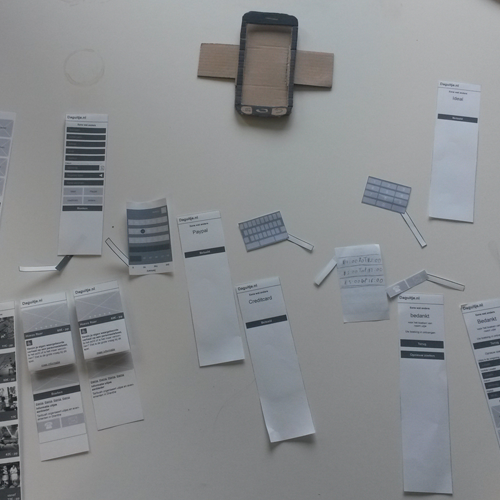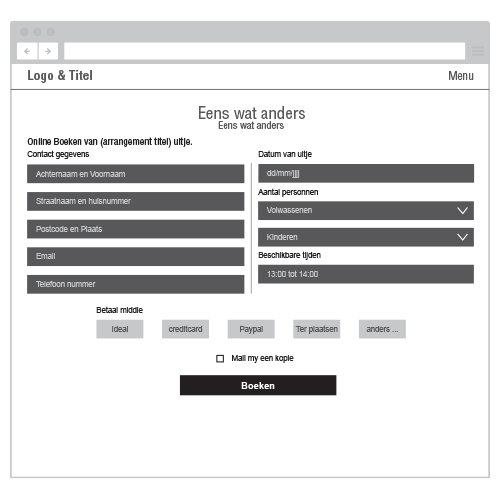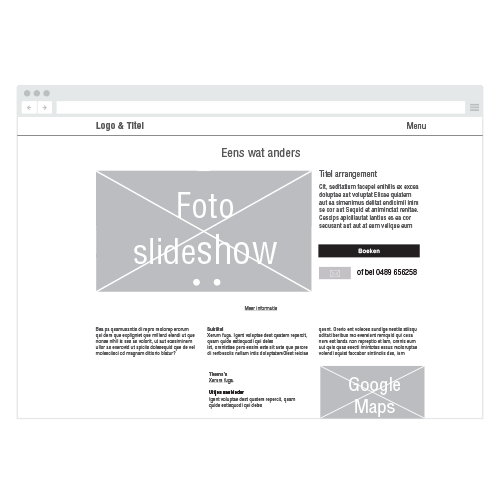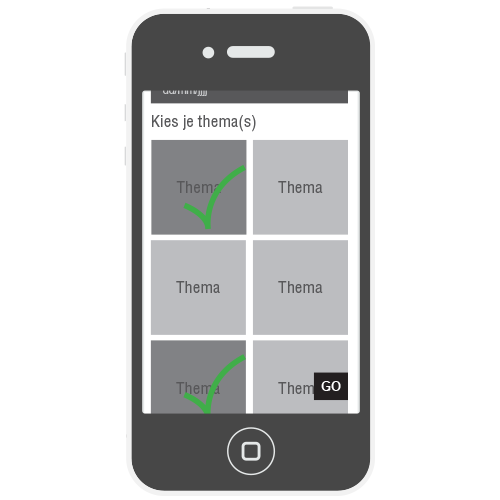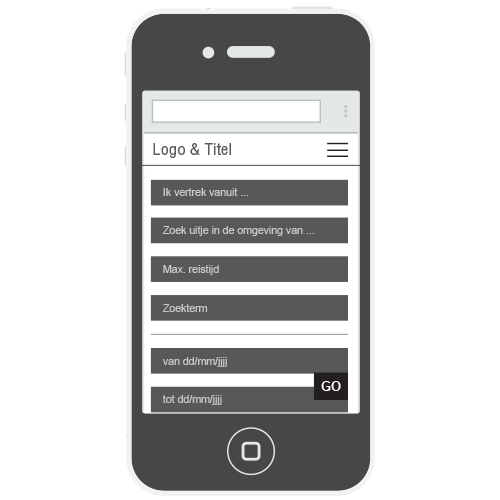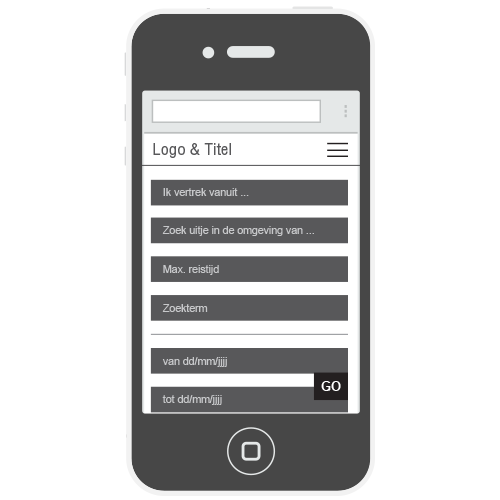Recras
Day Trips Website
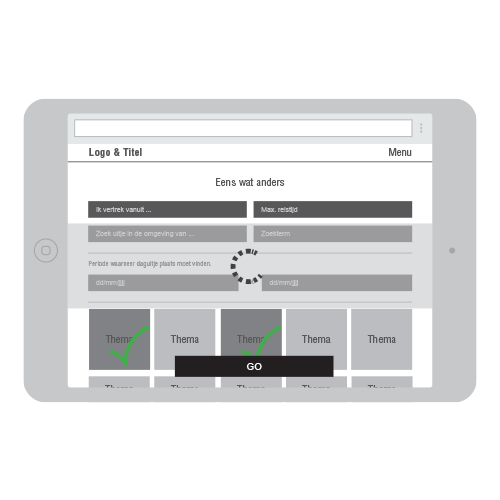
Assignment
Recras is an extensive reservation and management system tailored for “Day Trips” entrepreneurs, catering to establishments like petting zoos or outdoor adventure parks.
Recras has meticulously curated a comprehensive database encompassing a plethora of day trip options. Their objective is to disseminate this wealth of information to enhance the discoverability of day trips, benefiting both their members and the customers of those members.
Approach
Given the time constraints of the project, a strategic decision was made to expedite certain aspects of the development process. Consequently, the creation of a Content Management System (CMS) was slated for implementation only if time permitted, prioritizing essential functionalities for timely delivery.
Research and Concepts
The notion of enhancing visibility has long been on Recras’s agenda, prompting each employee to harbor their own ideas on how to tackle this challenge. To collate these ideas, interviews were conducted with Recras staff.
To engage the key stakeholder, the end user, a street survey was conducted within the target audience. This enabled the development of a thorough understanding of the target demographic and offered valuable insights into their preferences.
Furthermore, the websites of competitors were also analyzed.
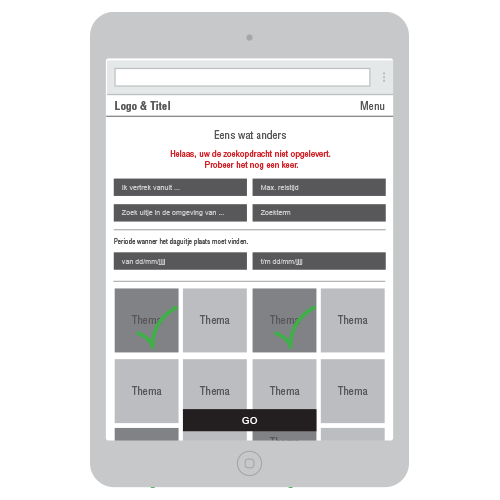
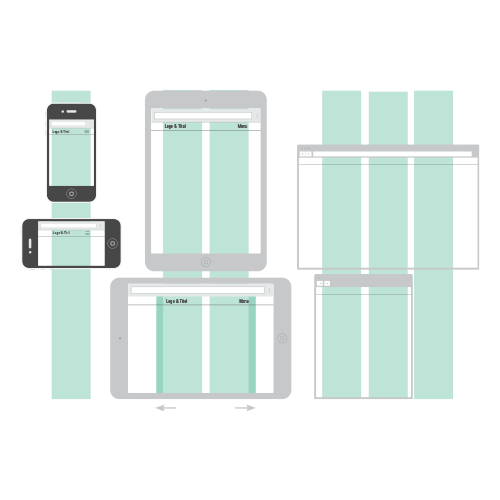
Goals Formulated from Interviews and Surveys:
- Consolidate all arrangements from Recras members into one website.
- Ensure visitors can easily find outings from any platform.
- Visitors should perceive the website as highly reliable and personalized.
Based on the research mentioned earlier, the initial mock-up was created. Notable aspects of this design include:
- There is no mention of travel distance, but rather travel time.
- Travel comfort is also taken into account,
- for example, the availability of public transportation.
- Price and theme are crucial factors.
- Themes are selected based on the survey results.
Testing and HTML & CSS
To test this design, it was developed into a paper prototype and tested for usability. At the end of this test, an interview was conducted to gather the tester’s experience and feedback.
The results of the paper prototype test were then translated into a “wireframe” HTML & CSS website. An HTML & CSS website can easily be implemented by a developer later on. The HTML & CSS website underwent another round of usability testing. Based on this test, final adjustments were made. The website was then discussed with Recras members to gather their insights.
Ultimately, the entire design was documented in a design document. Additionally, an advisory report was included for a potential members CMS.
Note: Throughout the website development process, regular progress meetings were held to discuss the project’s progress with Recras staff.
